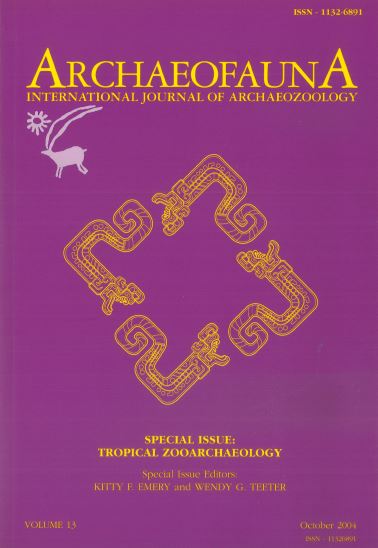Keywords:
SNAKES, FLOTATION, TREE ISLAND MIDDENS, EVERGLADES, FLORIDAAbstract
The Everglades, or River of Grass, a vast open expanse of grassy marsh, was home to indigenous populations for several thousand years. In this paper, I examine zooarchaeological assemblages from two pre-Columbian sites within this ecosystem in subtropical south Florida. Both sites are black dirt middens located on tree islands in the eastern half of the Everglades. A flotation device with fine-gauge screens was used, resulting in a greater representation of smaller animal remains and, in turn, more complete and representative samples of the archaeological deposits. Of particular significance was the relatively large number of snake remains recovered at both sites. Snake vertebrae as well as cranial elements were identified, of which the latter would not have been recovered had coarser recovery techniques been used. Snakes constituted a significant portion of the faunal assemblages, contributing an estimated 20% to 25% of the edible meat weight represented. That substantial numbers of snake bones were recovered in midden contexts in association with other subsistence remains strongly indicates that such animals were intentionally procured, presumably for food, and were part of the diet of pre-Columbian Everglades people.

